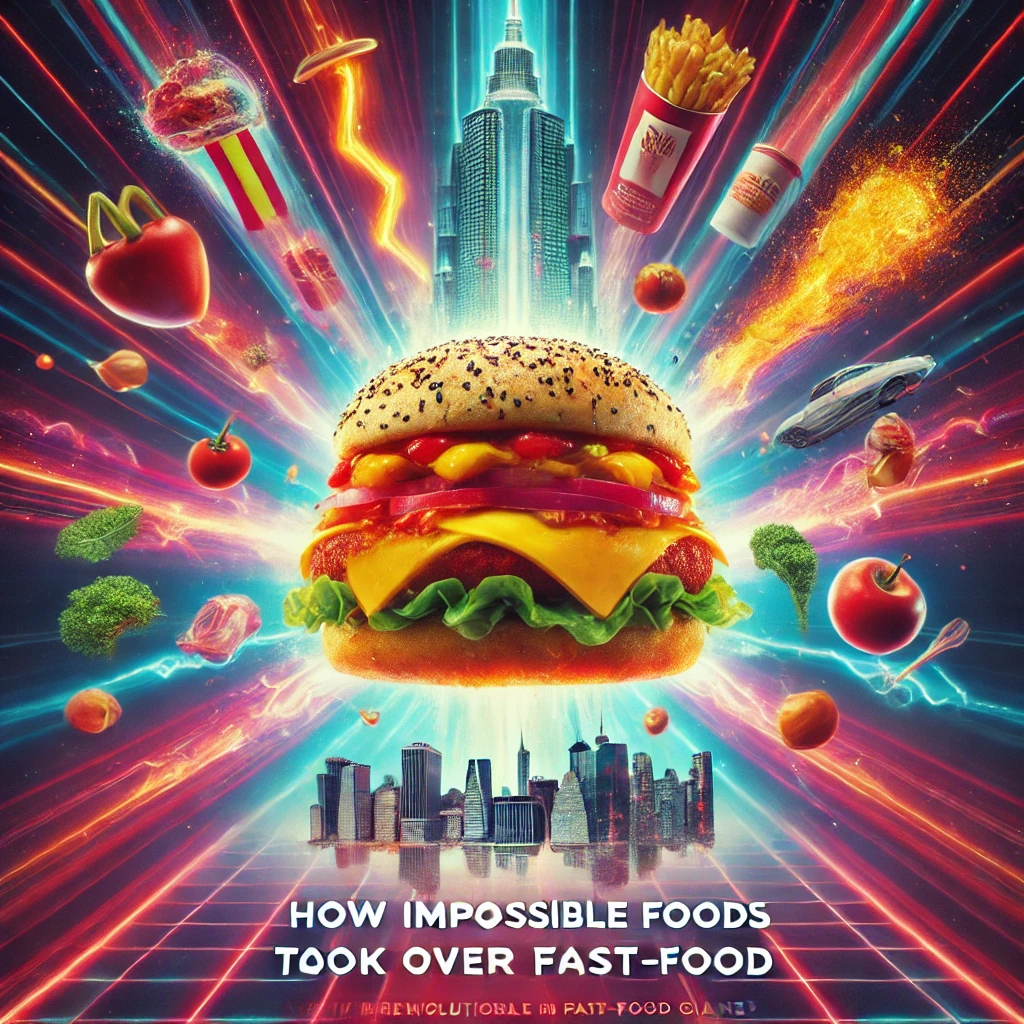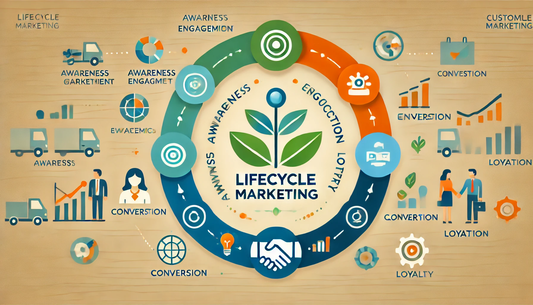Imagine the odds stacked against you, from the brink of bankruptcy to becoming a global sensation. 🏆 That’s the incredible journey of Impossible Foods. By partnering with fast-food giants, they revolutionized the plant-based meat industry, turning a niche concept into a billion-dollar success. 🌱🍔
What can startups learn from Impossible Foods’ strategy? In this post, we’ll break down how they pulled off this stunning transformation and how you can apply the same principles to your own startup journey. 🚀
Identify a Massive Market Gap
The first step to Impossible Foods' meteoric rise was recognizing an unmet demand for sustainable, plant-based alternatives to meat. 🌍 While the vegetarian and vegan markets had existed for years, most companies didn’t target the meat-eating majority.
Impossible Foods took a bold step by offering a product that mimicked the taste and texture of real meat but without the environmental impact. This unique value proposition didn’t just appeal to vegans and vegetarians; it attracted flexitarians and even hardcore meat lovers. 💪
Takeaway: Identify your startup’s unique gap in the market. 🎯 Ask yourself, what’s the status quo in your industry, and how can you challenge it? Look for ways to serve an untapped or underserved audience with a compelling offer. 🧐
Leverage Strategic Partnerships for Maximum Reach
To scale quickly, Impossible Foods didn’t just rely on grocery stores or specialty restaurants. Instead, they went all-in with fast-food giants like Burger King 🍔, White Castle 🍟, and Starbucks ☕.
Partnering with these well-established brands gave them instant credibility and access to a massive customer base. 🌐 By placing their product in the context where people traditionally consume meat, they made the transition to plant-based options feel seamless. 🍽️
Takeaway: Build strategic partnerships that align with your mission and expand your reach. 🚀 Look for brands or businesses that can amplify your message and introduce your product to a broader audience. Relationships like these can fast-track growth and market penetration. 📈
Create Buzz with Exclusive Launches
Impossible Foods made waves right from the start by launching their product in high-end restaurants before moving into fast-food chains. 🍴 This “trickle-down” approach built excitement and established credibility among food critics and early adopters. 🥂
By the time they entered the fast-food market, they had already generated buzz, ensuring their launch was met with widespread anticipation and media coverage. 📢
Takeaway: Carefully plan your product launch sequence. 🚀 Consider exclusive, high-impact environments first before expanding to larger audiences. Create scarcity and desire, so when your product finally hits the mainstream, it’s already highly anticipated. 👀
Optimize Product for Market Fit
Impossible Foods invested years of research and development to perfect their product. Their goal wasn’t just to make plant-based meat, but to make it taste, cook, and feel like real meat. 🥩
Chefs and fast-food operators embraced the product because it seamlessly integrated into their existing menus. This attention to detail ensured they met market expectations and established a loyal following. ❤️
Takeaway: Focus on perfecting your product for the specific needs of your target market. 🎯 Iterative testing and feedback loops are key to creating a product that delivers real value and resonates with consumers. 🔄
Leverage Storytelling to Build Brand Affinity
Impossible Foods isn’t just selling plant-based meat; they’re selling a vision for a more sustainable world. 🌎 Their branding emphasizes environmental impact, animal welfare, and health benefits, which speaks directly to the values of today’s conscious consumers. 🧘♀️
This authentic narrative has resonated deeply with people who care about their health, the planet, and ethical consumption. It created an emotional connection with their audience. ❤️
Takeaway: Craft a compelling brand story that communicates your startup’s mission. 🌟 Whether it’s sustainability, social impact, or innovation, your story should be a central part of your brand identity. Your message must align with the values and needs of your target audience. 🧑🤝🧑
Overcome Regulatory and Perception Challenges
One of the challenges Impossible Foods faced was navigating complex regulatory environments regarding labeling and food safety. 🍽️ They proactively engaged with regulators and adapted their labeling to comply with various requirements, which helped them avoid roadblocks and maintain consumer trust. 💼
Takeaway: Don’t wait for issues to arise. Engage with regulatory bodies early and be transparent about your product’s safety and benefits. 🔍 Proactive communication will help build credibility and clear the way for smoother expansion. 🌱
Capitalize on Cultural Trends
The rise of health and environmental consciousness played a pivotal role in Impossible Foods' success. 💪 They positioned their product as a healthier, more sustainable alternative to traditional meat, tapping into the growing desire for ethical consumption. 🌿
This alignment with cultural trends helped them resonate with a wide audience, from millennials to Gen Z, and beyond. 🌍
Takeaway: Align your product and messaging with cultural trends and values. ✨ This increases your relevance and makes your brand more appealing. Understanding consumer behavior helps you adapt and create a movement around your product. 🚀
Continuously Innovate and Adapt
Impossible Foods didn’t stop with their flagship product. They continually innovate with new formulations, such as plant-based pork and dairy alternatives, expanding into international markets. 🌎
This commitment to innovation keeps them at the forefront of the plant-based food industry, ensuring they don’t fall behind as competition intensifies. 💥
Takeaway: Never stop innovating. 🚀 Stay on top of market trends, consumer feedback, and technology advancements. Your first product is just the beginning—keep evolving to stay ahead of the curve. 📈
Final Thoughts
Impossible Foods’ journey from a niche startup to a mainstream disruptor in the food industry is a masterclass in strategic scaling. 🌟
By identifying a massive market gap, leveraging partnerships, staying true to their mission, and constantly innovating, they transformed a sustainable food concept into a billion-dollar business. 💰
For startup founders, the key takeaway is clear: Think big, act strategically, and stay aligned with your core mission. 💡 Your innovation, when combined with smart partnerships and market positioning, can help your disruptive idea become the next big thing. 🚀
Impossible Foods isn’t just a brand—it’s a mindset. 🌱 Every startup has the potential to reinvent its industry. Start thinking big, and who knows? You might be the next impossible success story. 💥










